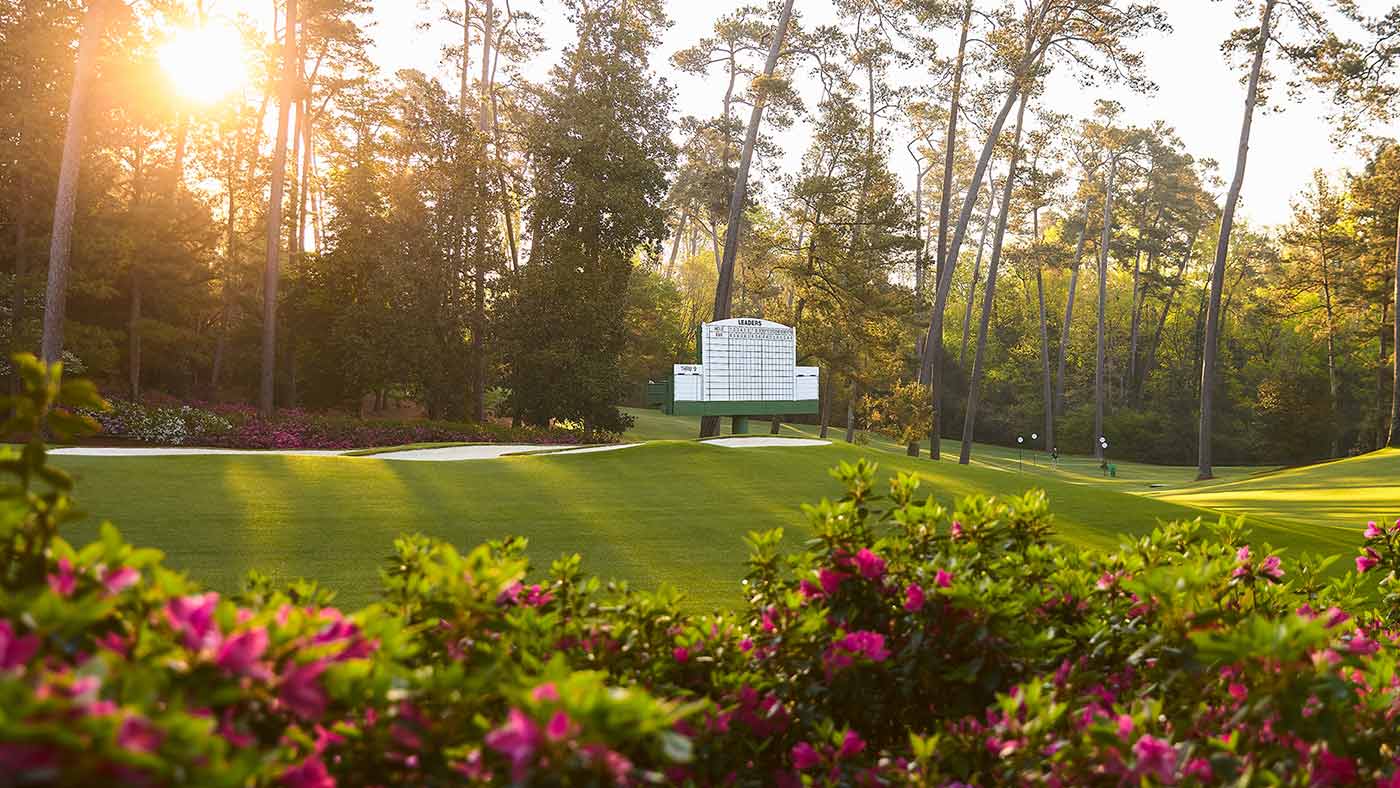
We asked our expert course raters to dish on the things that make Augusta National Golf Club so special.
Stephen Denton
GOLF’s Top 100 course panelists are among the most respected and well-traveled course evaluators in the game. They’re also keen to share their opinions. In this GOLF.com series, we’ll unlock their unvarnished views on all questions course-related. Check out GOLF’s latest Top 100 Courses in the U.S., Top 100 Courses in the World, Top 100 Courses You Can Play, Best Municipal Courses in the U.S., and 100 Best Short Courses. Meet all of our Top 100 panelists here.
Let’s help the casual fans tuning in for the Masters. From a design perspective, what makes Augusta National so great anyway?
Thomas Brown (has played 95 of GOLF’s Top 100 Courses in the World): Recovery options. Alister MacKenzie’s vision to use golf courses with short-grass to expand green-complex variety is on display each year at the Masters. Royal Melbourne and The Jockey Club are two Mackenzie designs that embody Augusta National’s standard for width, and recovery decisions make the golfer decide between a lob, chip or putt. MacKenzie associate Perry Maxwell made the most of fairway contours in the topography. Revisions Maxwell made to the fairway shaping in front of the 14th green are an example of the course’s strategy introducing uncertainty in controlling running shots from the rough into the partially blind green behind the fairway landforms.
Pete Phipps (has played 71 of GOLF’s Top 100 Courses in the World): One of the more intriguing aspects of MacKenzie’s work at Augusta is the rhythm of your round and how that plays into your mindset. It feels like a rollercoaster of energy and emotions as you bounce between being on offense and defense throughout. He gives you a chance to get aggressive on 2 and 3 before you play safe on 4, 5 and 6. Then you come back out swinging on 7, 8 and 9 before white-knuckling it on 10, 11 and 12. You’re back to putting the pedal down on 13, 14, 15 and 16 before holding on for a safe landing on 17 and 18. I think there is real genius in MacKenzie’s routing and design in order to provide such fun and exciting rhythm to your round.
Jeff Lewis (has played 96 of GOLF’s Top 100 Courses in the World): The original course from 90 years ago was about as strategic as anything ever designed. Augusta has so many holes that tempt and can lead to big swings in either direction for one’s score. Unfortunately, the club has taken a number of steps to reduce the strategic interest of the course over time, especially by putting in the second cut of short rough. In the old days, players who pulled their drives on 15, for example, could hit a big slinging hook around the tree and try to hit the green anyway. The combination of the second cut and a ball engineered to go straight have rendered that decision irrelevant. Everybody lays up.
Christian Faergemann (has played 72 of GOLF’s Top 100 Courses in the World): Augusta National’s ability as a course to create drama. The overall routing and the mix of hard and scoring holes is well-scripted. The phrase “the back nine on Sunday” is used for a reason to describe the nerve and mental strengths needed to put on a green jacket Sunday evening. The scoring holes can easily turn into nightmares and have done so countless times in the past. This year will probably not be any different, and I can’t wait to follow it!









